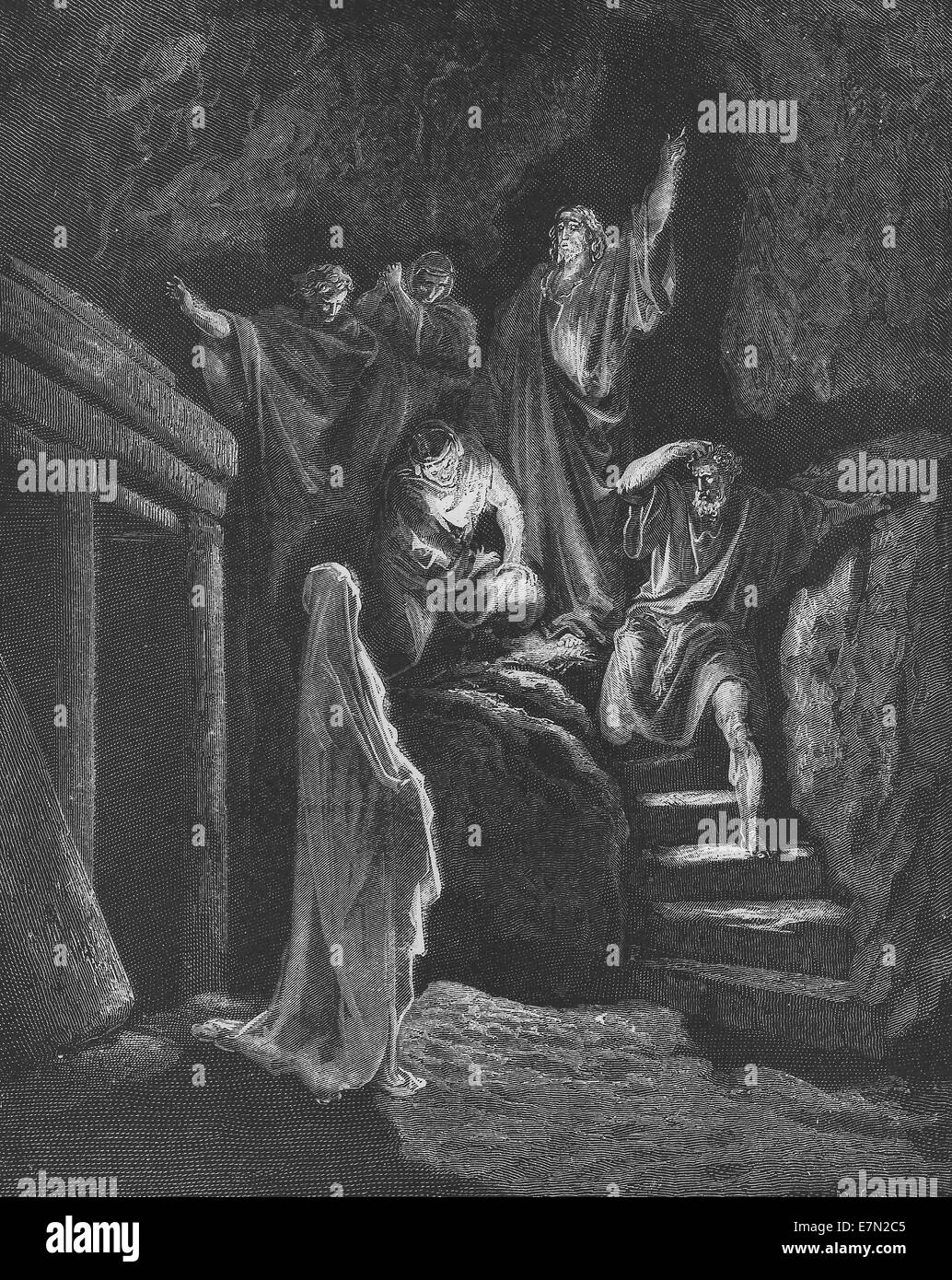


As it was described in 1896, there were twenty-four steps from the then-modern street level, leading to a square chamber serving as a place of prayer, from which more steps led to a lower chamber believed to be the tomb of Lazarus. The entrance to the tomb today is via a flight of uneven rock-cut steps from the street. In 1965, a Greek Orthodox church was built just west of the tomb. The adjacent Roman Catholic Church of Saint Lazarus, built between 19 under the auspices of the Franciscan Order, stands upon the site of several much older ones. Since the 16th century, the site of the tomb has been occupied by the al-Uzair Mosque. Several Christian churches have existed at the site over the centuries. As the Catholic Encyclopedia of 1913 states, however, while it is “quite certain that the present village formed about the traditional tomb of Lazarus, which is in a cave in the village”, the identification of this particular cave as the actual tomb of Lazarus is “merely possible it has no strong intrinsic or extrinsic authority.” Archeologists have established that the area was used as a cemetery in the 1st century AD, with tombs of this period found “a short distance north of the church.” The site, sacred to both Christians and Muslims, has been identified as the tomb of the gospel account since at least the 4th century AD. The tomb is the purported site of a miracle recorded in the Gospel of John in which Jesus raised Lazarus from the dead. The Tomb of Lazarus is a traditional spot of pilgrimage located in the West Bank town of al-Eizariya, traditionally identified as the biblical village of Bethany, on the southeast slope of the Mount of Olives, some 2.4 km (1.5 miles) east of Jerusalem. Tomb of Lazarus Reputed Tomb of Lazarus in Bethany (Arab name: al-Eizariya) Jesus is reported to have lodged there after his entry into Jerusalem, and it could be from Bethany that he parted from his disciples at the Ascension.

Bethany is recorded in the New Testament as the home of the siblings Mary, Martha, and Lazarus, as well as that of Simon the Leper.


 0 kommentar(er)
0 kommentar(er)
